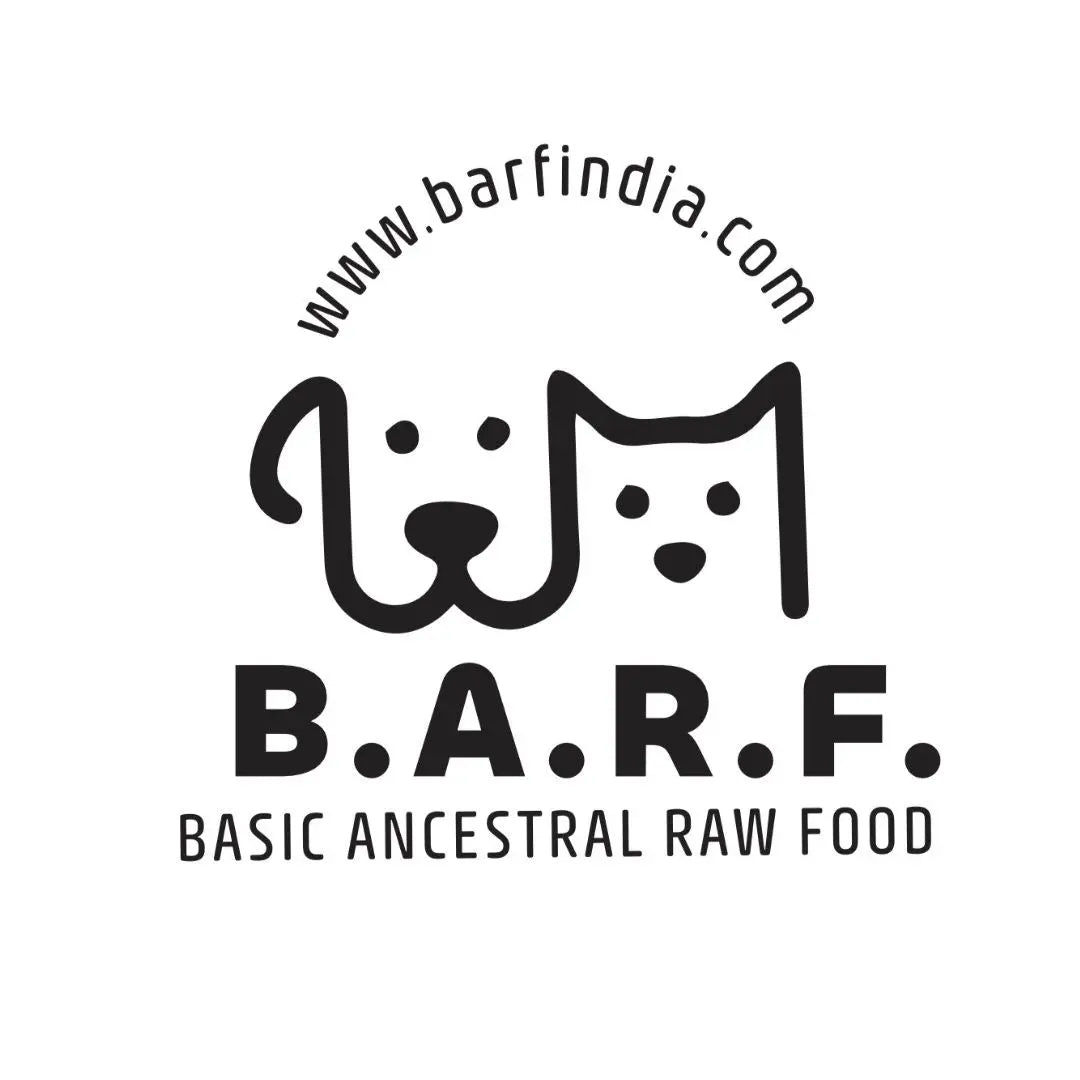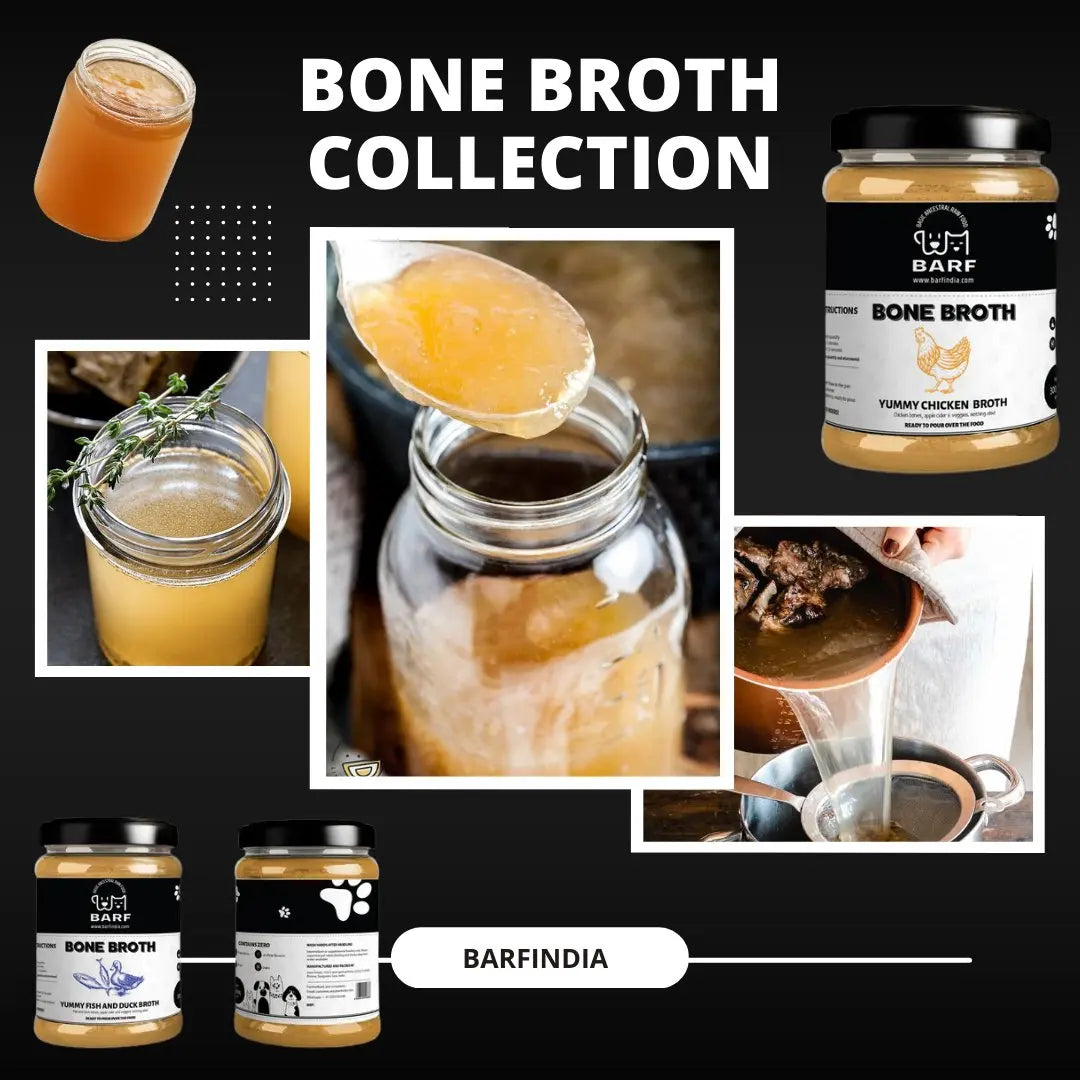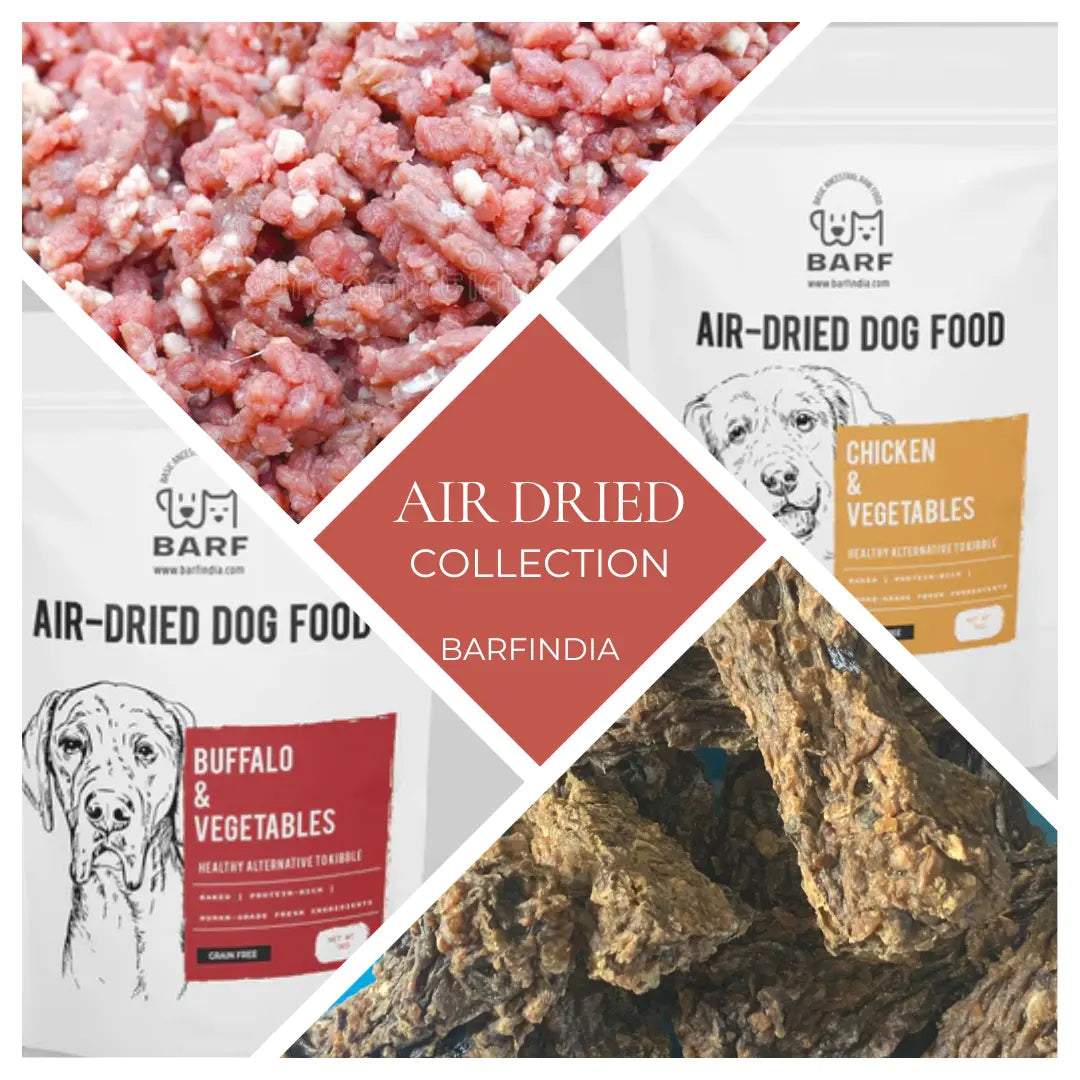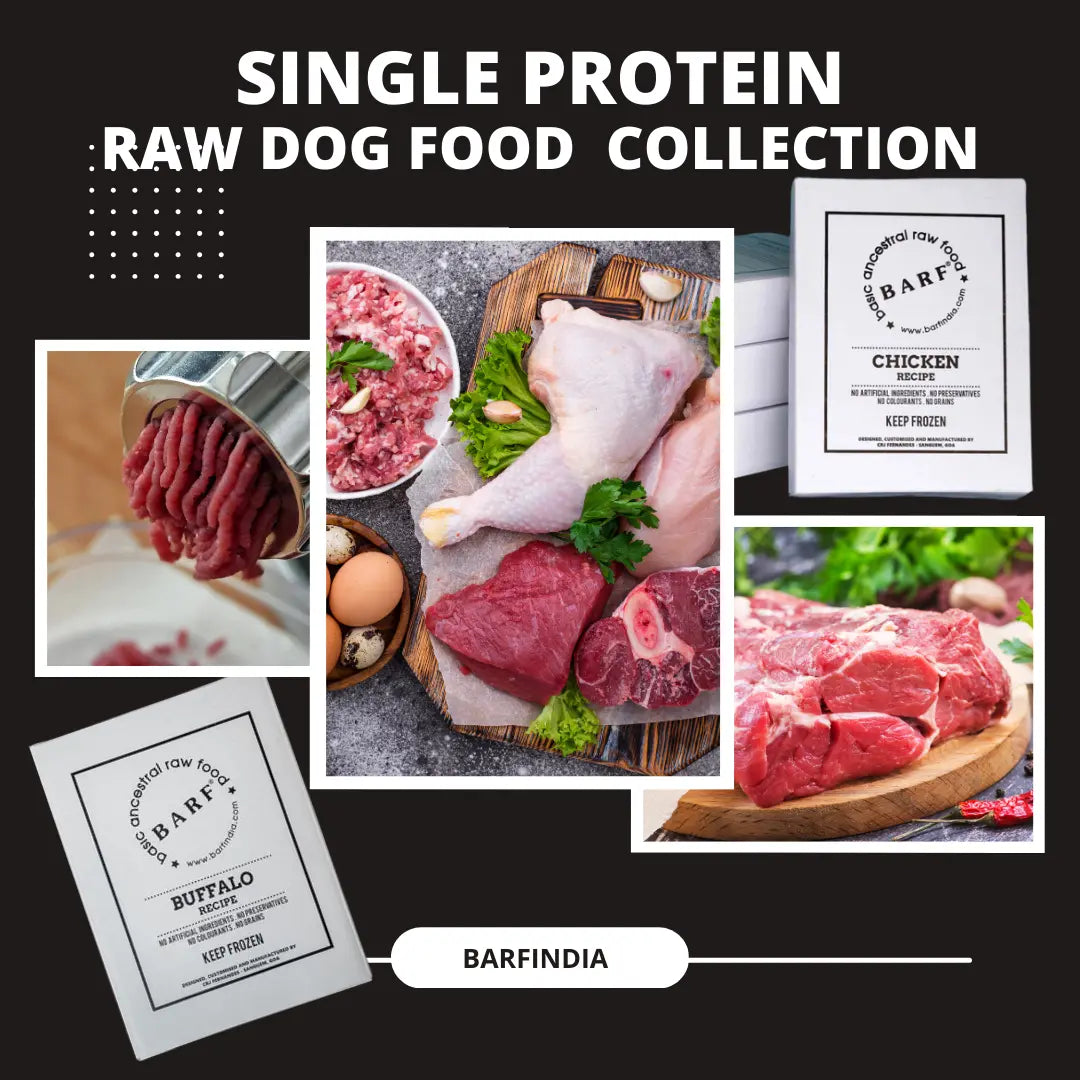
Nourishing Feline Friends: Raw Feeding for Cats with Health Issues
Nivedita FernandesRaw Feeding for Cats: A Complete Guide for Pet Parents
Raw feeding for cats is becoming increasingly popular, especially among pet parents whose feline companions are dealing with health challenges. While cats are famously finicky eaters, health issues such as allergies, digestive discomfort, and chronic illnesses can make their dietary needs even more complex.
In such situations, raw feeding for cats offers a natural, biologically appropriate solution. This approach involves feeding your cat uncooked, species-appropriate foods—typically raw meats, organs, and sometimes bones—closely resembling what wild cats would consume in their natural environment.
For cats with sensitivities or health concerns, raw feeding can help reduce inflammation, improve digestion, support a shinier coat, and promote overall vitality. Because raw food avoids common fillers, preservatives, and allergens found in processed diets, it may reduce the triggers that often lead to chronic symptoms.
If your cat is struggling with health issues and nothing else seems to help, raw feeding might be the holistic, nutrient-dense solution you’ve been looking for. As always, consult a feline-savvy vet or pet nutritionist before making any dietary transitions.
Why Raw Feeding for Cats Supports Better Health
-
Allergies and Sensitivities: Many commercial cat foods contain fillers, additives, and potential allergens that can exacerbate allergic reactions in sensitive cats. Raw feeding eliminates these problematic ingredients, reducing the likelihood of triggering allergic responses. Additionally, the absence of artificial flavors and preservatives can alleviate skin irritations and gastrointestinal discomfort associated with food sensitivities.
-
Digestive Disorders: Cats suffering from digestive disorders such as inflammatory bowel disease (IBD) or gastrointestinal upset may benefit from a raw diet. Raw meat is easier for cats to digest compared to processed foods laden with carbohydrates and additives. The natural enzymes present in raw meat aid in digestion, potentially reducing inflammation and discomfort in the digestive tract.
-
Obesity and Diabetes: Obesity and diabetes are prevalent health concerns in cats, often exacerbated by diets high in carbohydrates and low in protein. Raw feeding provides a low-carbohydrate, high-protein diet that closely aligns with cats' physiological needs. By promoting lean muscle mass and regulating blood sugar levels, raw feeding can help manage weight and prevent or alleviate diabetes in cats.
-
Dental Health: Raw feeding often includes raw meaty bones, which serve as natural toothbrushes for cats. Gnawing on bones helps to scrape away plaque and tartar, promoting dental health and reducing the risk of periodontal disease. Healthy teeth and gums contribute to overall well-being and can prevent secondary health issues related to poor oral hygiene.
-
Enhanced Immunity: A well-balanced raw diet provides cats with essential vitamins, minerals, and antioxidants necessary for a robust immune system. By supporting immune function, raw feeding can help cats better resist infections and illnesses, particularly beneficial for cats with compromised immune systems due to chronic health conditions.
Challenges and Considerations:
While raw feeding offers numerous potential benefits for cats with health issues, it's essential to approach this diet with caution and careful consideration. Some key factors to keep in mind include:
-
Nutritional Balance: Raw diets must be carefully formulated to ensure cats receive all essential nutrients in the correct proportions. Consultation with a veterinarian or animal nutritionist is recommended to create a balanced raw feeding plan tailored to your cat's specific health needs.
-
Food Safety: Handling raw meat poses potential risks of bacterial contamination, such as Salmonella and E. coli. Proper food hygiene practices, including safe storage, handling, and cleaning of food preparation areas, are crucial to minimize the risk of foodborne illnesses for both cats and their human caregivers.
-
Transition Period: Switching from a commercial diet to a raw diet requires a gradual transition to prevent digestive upset. Introduce raw food slowly, mixing it with your cat's current diet and gradually increasing the proportion of raw food over time.
-
Cost and Accessibility: Raw feeding can be more expensive and less convenient than feeding commercial cat food. Sourcing high-quality, human-grade ingredients may require visiting specialty pet stores or local butchers, adding to the cost and effort involved in raw feeding.
Conclusion:
Raw feeding offers a promising dietary approach for cats with health issues, providing a natural and nutrient-dense alternative to processed commercial diets. By eliminating potential allergens, supporting digestive health, and promoting overall well-being, raw feeding can help improve the quality of life for cats facing various health challenges. However, it's essential to approach raw feeding with careful planning, ensuring nutritional balance, food safety, and a smooth transition process. With proper guidance and attention to your cat's specific needs, raw feeding can be a beneficial choice for nourishing feline friends with health issues.



